Boyi Hou
Towards Interpretable and Learnable Risk Analysis for Entity Resolution
Dec 06, 2019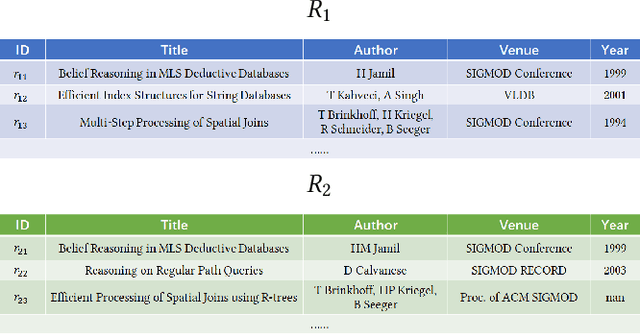
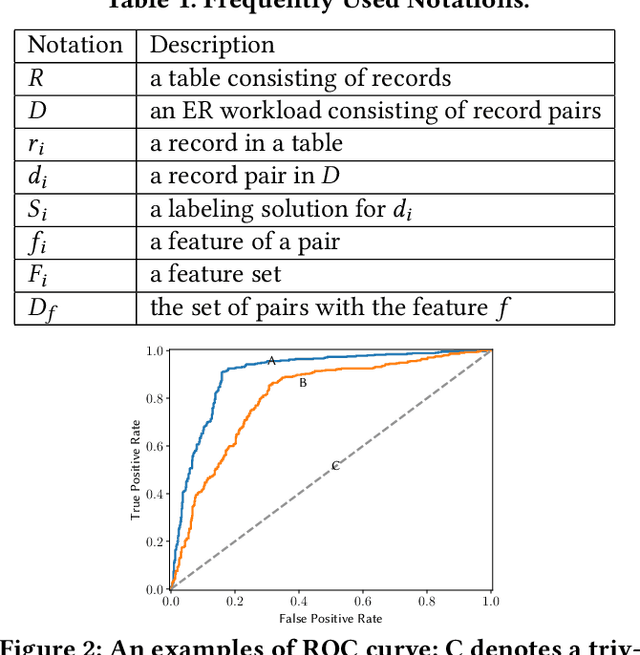
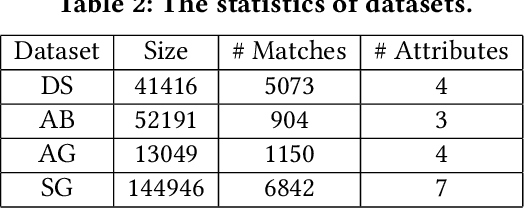
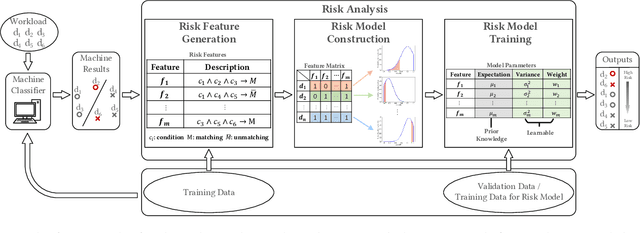
Abstract:Machine-learning-based entity resolution has been widely studied. However, some entity pairs may be mislabeled by machine learning models and existing studies do not study the risk analysis problem -- predicting and interpreting which entity pairs are mislabeled. In this paper, we propose an interpretable and learnable framework for risk analysis, which aims to rank the labeled pairs based on their risks of being mislabeled. We first describe how to automatically generate interpretable risk features, and then present a learnable risk model and its training technique. Finally, we empirically evaluate the performance of the proposed approach on real data. Our extensive experiments have shown that the learning risk model can identify the mislabeled pairs with considerably higher accuracy than the existing alternatives.
Gradual Machine Learning for Aspect-level Sentiment Analysis
Jul 01, 2019
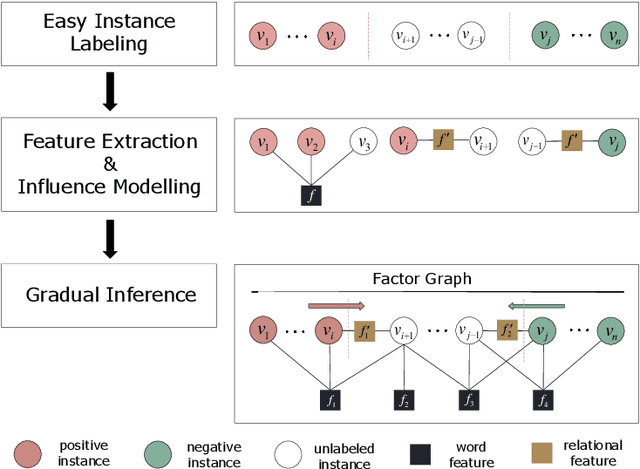
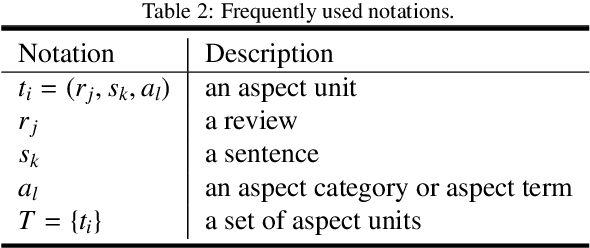

Abstract:The state-of-the-art solutions for Aspect-Level Sentiment Analysis (ALSA) were built on a variety of deep neural networks (DNN), whose efficacy depends on large amounts of accurately labeled training data. Unfortunately, high-quality labeled training data usually require expensive manual work, and may thus not be readily available in real scenarios. In this paper, we propose a novel solution for ALSA based on the recently proposed paradigm of gradual machine learning, which can enable effective machine labeling without the requirement for manual labeling effort. It begins with some easy instances in an ALSA task, which can be automatically labeled by the machine with high accuracy, and then gradually labels the more challenging instances by iterative factor graph inference. In the process of gradual machine learning, the hard instances are gradually labeled in small stages based on the estimated evidential certainty provided by the labeled easier instances. Our extensive experiments on the benchmark datasets have shown that the performance of the proposed solution is considerably better than its unsupervised alternatives, and also highly competitive compared to the state-of-the-art supervised DNN techniques.
Gradual Machine Learning for Entity Resolution
Oct 29, 2018
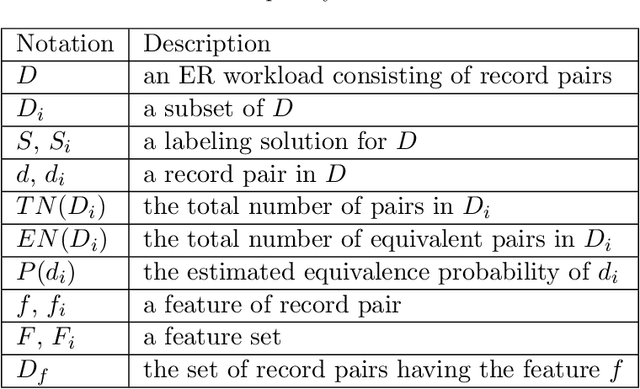
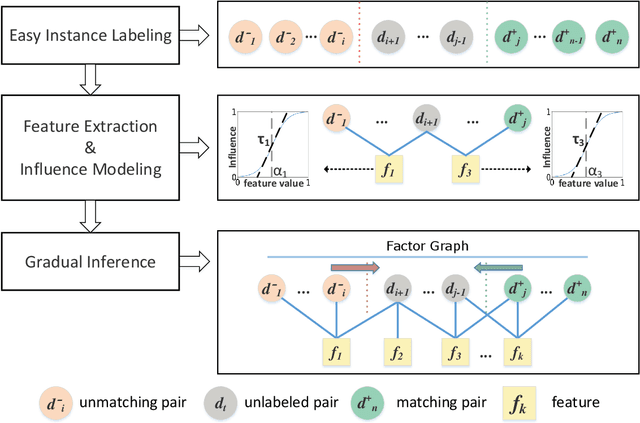
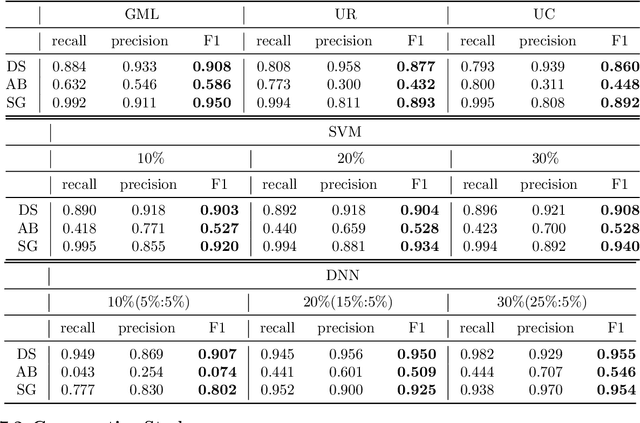
Abstract:Usually considered as a classification problem, entity resolution can be very challenging on real data due to the prevalence of dirty values. The state-of-the-art solutions for ER were built on a variety of learning models (most notably deep neural networks), which require lots of accurately labeled training data. Unfortunately, high-quality labeled data usually require expensive manual work, and are therefore not readily available in many real scenarios. In this paper, we propose a novel learning paradigm for ER, called gradual machine learning, which aims to enable effective machine learning without the requirement for manual labeling effort. It begins with some easy instances in a task, which can be automatically labeled by the machine with high accuracy, and then gradually labels more challenging instances based on iterative factor graph inference. In gradual machine learning, the hard instances in a task are gradually labeled in small stages based on the estimated evidential certainty provided by the labeled easier instances. Our extensive experiments on real data have shown that the proposed approach performs considerably better than its unsupervised alternatives, and it is highly competitive with the state-of-the-art supervised techniques. Using ER as a test case, we demonstrate that gradual machine learning is a promising paradigm potentially applicable to other challenging classification tasks requiring extensive labeling effort.
 Add to Chrome
Add to Chrome Add to Firefox
Add to Firefox Add to Edge
Add to Edge